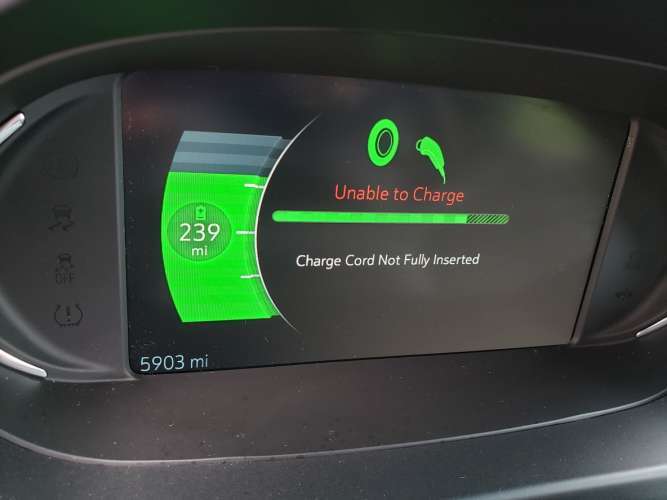General Motors will be the among the first automakers to employ a wireless battery management system, or wBMS, in its production electric vehicles. This wireless system was developed with Analog Devices, Inc., and will allow GM to power many different types of electric vehicles from a common set of battery components. GM says that by reducing wires within the batteries by up to 90 percent, the wireless system can help extend charging range by creating lighter vehicles overall and opening extra room for more batteries.

The new General Motors / Analog Devices wBMS is expected to help get GM’s Ultium-powered EVs to market faster. Rather than develop specific communications systems or redesign complex wiring schemes for each new vehicle. the wBMS helps to ensure the scalability of Ultium batteries across GM’s future lineup, encompassing different brands and vehicle segments, from heavy-duty trucks to performance vehicles.
“Scalability and complexity reduction are a theme with our Ultium batteries – the wireless battery management system is the critical enabler of this amazing flexibility,” said Kent Helfrich, GM executive director of Global Electrification and Battery Systems. “The wireless system represents the epitome of Ultium’s configurability and should help GM build profitable EVs at scale.”
To help the wMBS keep pace with improving technology, GM plans to make the system capable of over-the-air updates. To help ensure the health of the battery and related systems, the wBMS will balance chemistry within the individual battery cell groups for optimal performance and conduct real-time battery pack health checks and refocus the network of modules and sensors as needed.
“General Motors is paving the way toward an all-electric future, and Analog Devices is proud to work with this highly respected automotive leader on the next generation of electric vehicles,” said Greg Henderson, Analog Devices, Inc. senior vice president of Automotive, Communications, and Aerospace & Defense. “Our collaboration is aimed at accelerating the transition to electric vehicles and a sustainable future.”
Most impressive of all is that GM says this system will not be a pricey option. Rather, the wireless battery monitoring system will be standard on all planned GM vehicles powered by Ultium batteries.
John Goreham is a long-time New England Motor Press Association member and recovering engineer. John's focus areas are technology, safety, and green vehicles. In the 1990s, he was part of a team that built a solar-electric vehicle from scratch. His was the role of battery thermal control designer. For 20 years he applied his engineering and sales talents in the high tech world and published numerous articles in technical journals such as Chemical Processing Magazine. In 2008 he retired from that career to chase his dream of being an auto writer. In addition to Torque News, John's work has appeared in print in dozens of American newspapers and he provides reviews to many vehicle shopping sites. You can follow John on Twitter, and view his credentials at Linkedin
Hover mouse over image to see photo credits












Comments
Am I missing something here?
Permalink
Am I missing something here? The wBMS is simply wireless connectivity between BMS sensors at the cell\module level, and the central BMS. It is about monitoring, and managing the battery itself. I see nothing other than your sub heading discussing wireless charging.
Rob, thank you VERY MUCH for
Permalink
In reply to Am I missing something here? by Rob (not verified)
Rob, thank you VERY MUCH for the comment you posted. We have edited the story and title to better reflect what the new technology will offer. We appreciate your comment. Cheers
if GM still fool around with
Permalink
if GM still fool around with the guy like Nicola then GM never have to build any real Battery vehicle